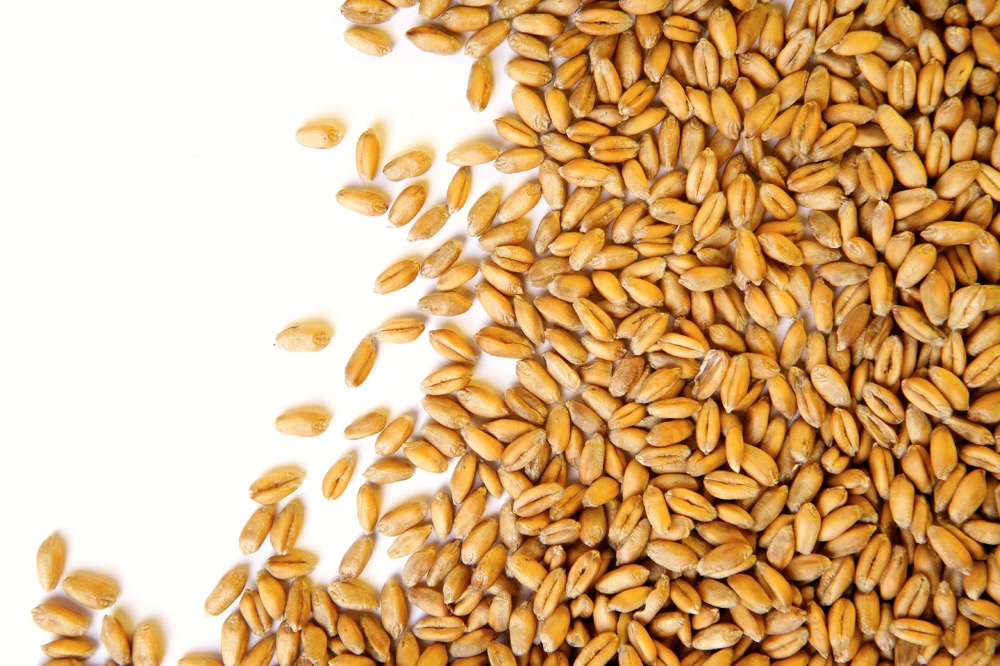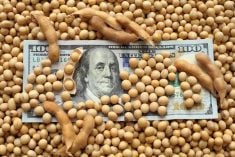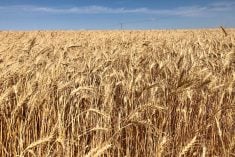MarketsFarm – As the calendar turned to August, two events on opposite sides of the world caused a stir on the Chicago Board of Trade (CBOT). According to one trader though, conditions closer to home will have a greater effect.
Corn and wheat prices took a hit on August 1 when Ukraine’s first grain vessel since Russia invaded the country in February set sail onto the Black Sea. The Razoni carried 26,000 tonnes of corn and was inspected in Turkey before carrying on to Lebanon. The day after, United States House Speaker Nancy Pelosi visited Taiwan, a meeting which many lawmakers feared would inflame tensions between the U.S. and China, which could spill over into the soy complex.
Read Also

IGC raises 2025/26 world wheat crop forecast
The International Grains Council has raised its forecast for 2025/26 global wheat production with crop outlooks upgraded for Russia, the United States and Argentina.
But Terry Reilly, grains analyst for Futures International in Chicago, believes the effects of both situations will be short-lived.
“(The Ukrainian shipment) is a milestone, but it doesn’t really convince us we’ll see millions of tonnes flow right away. It’s going to be a while…But the far northwestern (U.S.) Corn Belt will see some rain this weekend. We just see a very choppy trade,” Reilly said.
He added that he expects September corn to range from US$5.60 to US$6.20 per bushel and September Chicago wheat to trade sideways, just shy of US$8/bu., over the next week or so. As for September soybeans, he anticipates prices between US$13 to US$14.75/bu.
“If China needs to buy (soybeans), they’re going to buy,” Reilly said. “Maybe this week (China) will hold off on buying the number of cargoes they normally do, but we heard China was in the market buying a cargo of soybeans on (July 29) and another cargo on (Aug. 1). I don’t see (Pelosi’s visit) having any effect on grain or oilseed exports.”
Top of mind for buyers at the moment is above-average temperatures across most of the U.S., with the mercury exceeding 30 degrees Celsius in the U.S. Plains and Midwest regions. The hot weather is already affecting crop conditions, but it’s unknown how much of an effect it will have on yields come harvest time.
“We’ll see daily fluctuations on weather models and the actual amounts of rain we would see,” Reilly said. “It’s going to be important to see the accumulation of rain for the Eastern Corn Belt where the beans need it ahead of a hot spell. For the northwestern Corn Belt, we’ll have to watch the rains this weekend.
“(Grain prices) may trend lower if we get the rains. If we don’t get the rains, it may trend higher.”












